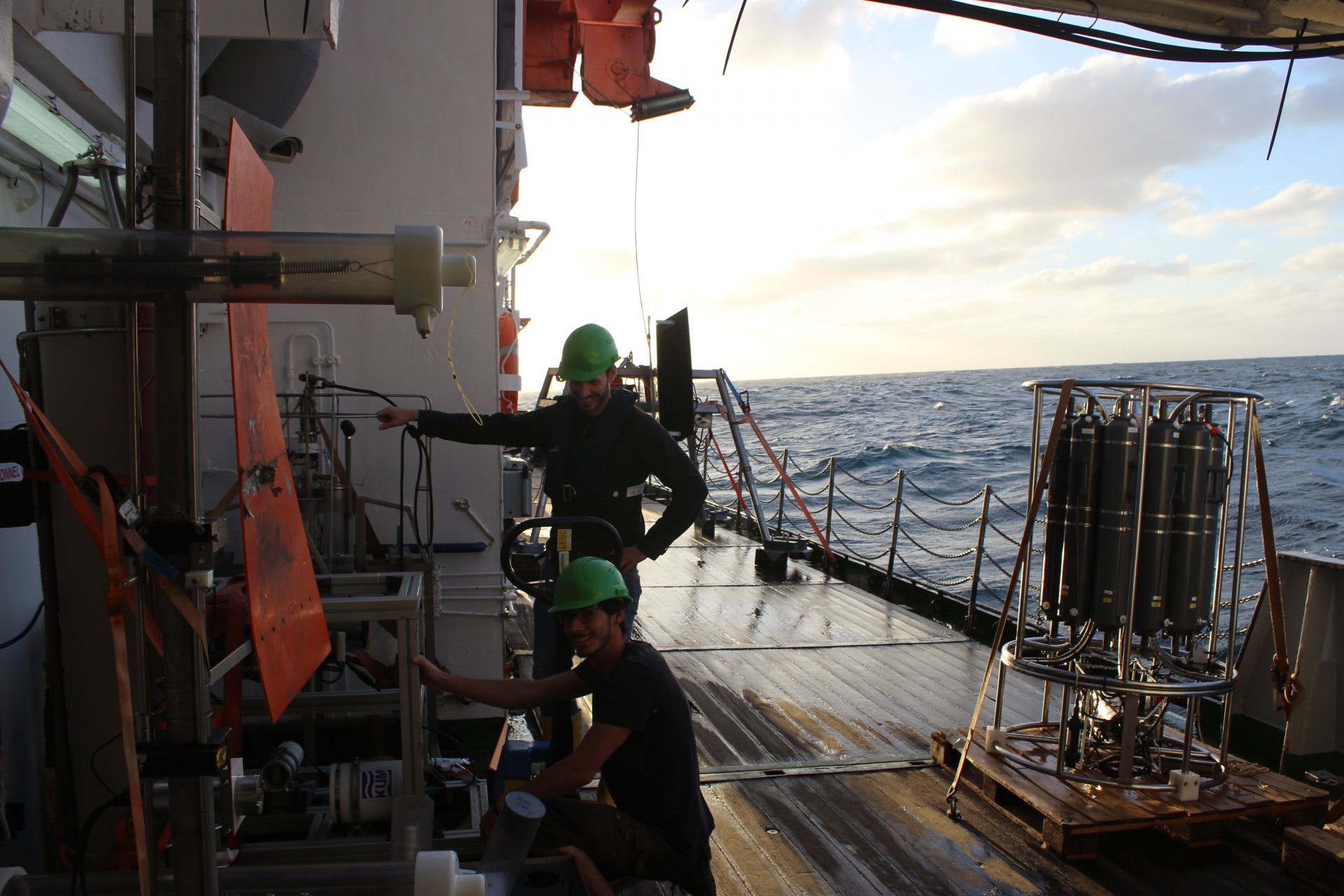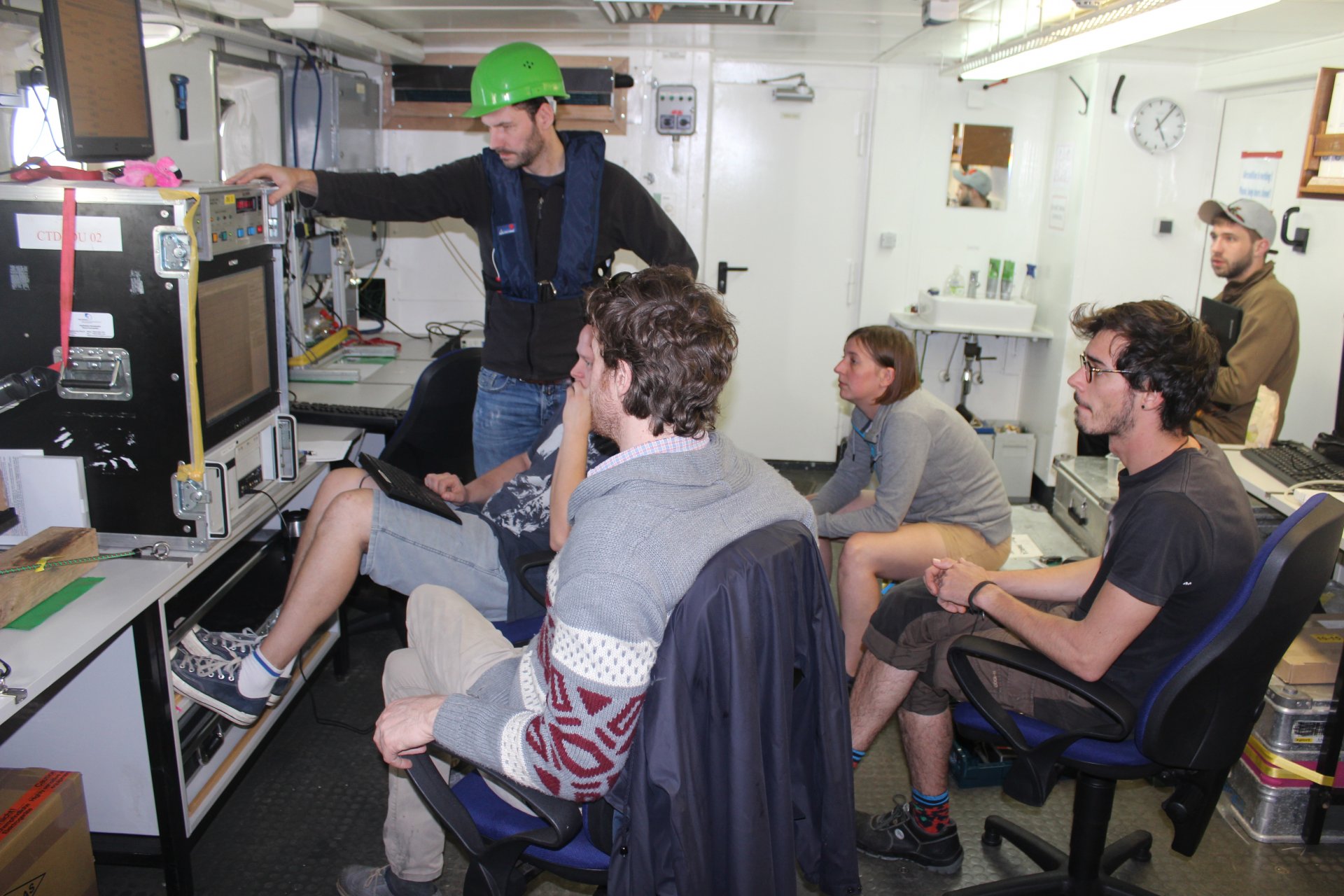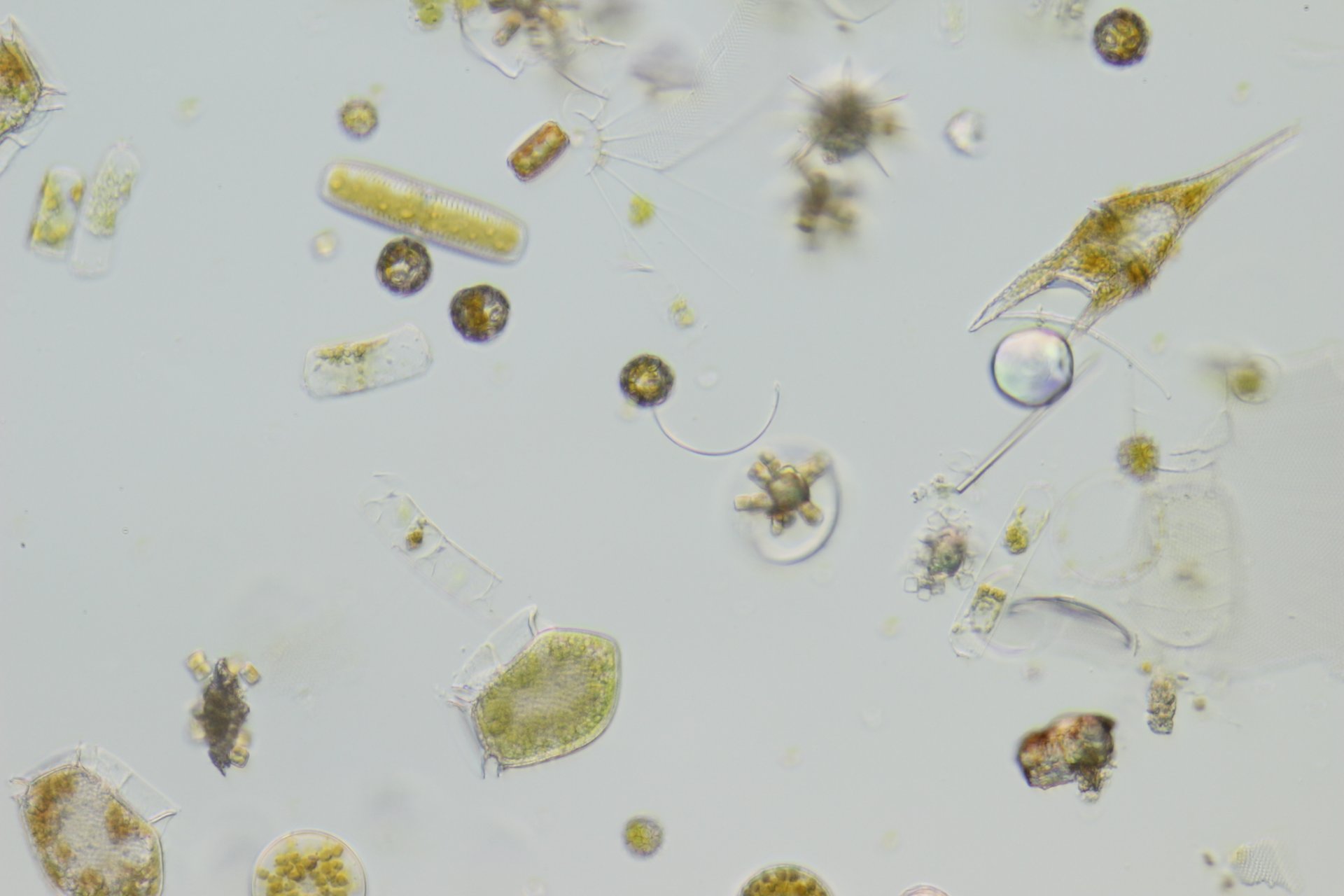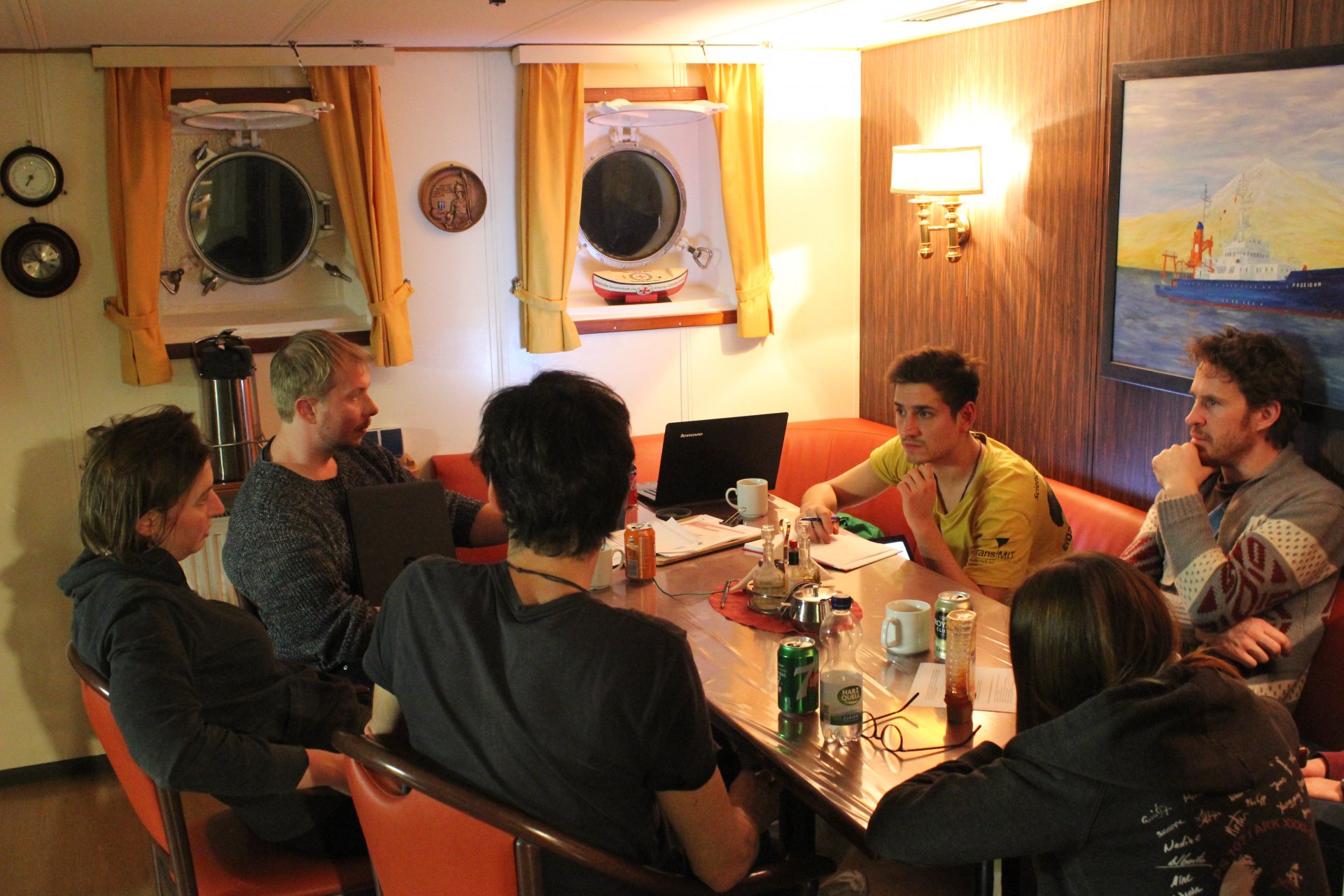- Departments
- MARUM MPG Bridge Group Marine Glycobiology
MARUM MPG Bridge Group Marine Glycobiology
Group leader
MARUM MPG Bridge Group Marine Glycobiology
MPI for Marine Microbiology
Celsiusstr. 1
D-28359 Bremen
Germany
|
Room: |
2126 |
|
Phone: |
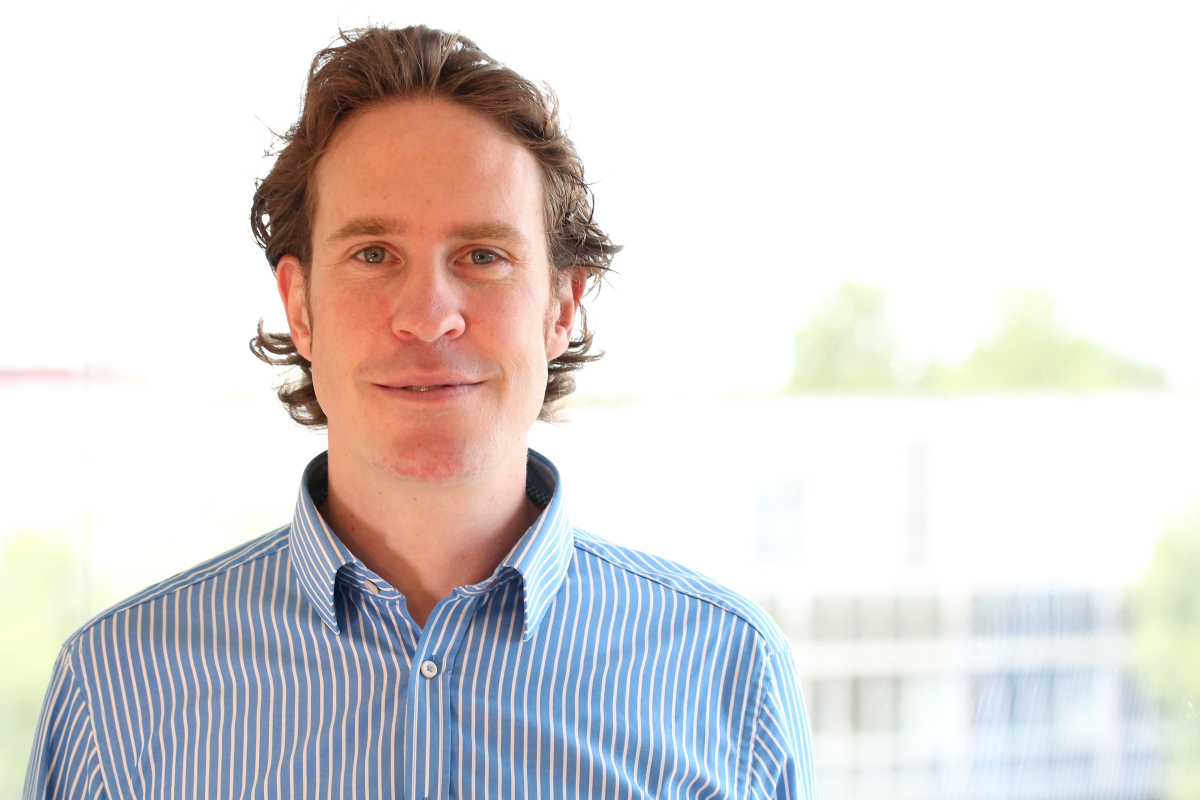
Overview
Algal polysaccharides are an important component of the flux of carbon rich organic matter from the surface ocean into its depth. Most marine polysaccharides are synthesized at the surface by microalgae whose annual production is on par with all plants on land even though they only account for about 1-2% of the marine biomass.
This competitive production is caused by intense growth and short lifespans; microalgae live fast and die young (weeks) compared to terrestrial plants (years). They pursue a boom and bust life style with rapid growth and abrupt population crashes whereby algal blooms can appear and disappear within weeks or even days. During growth and upon death microalgae secrete copious amounts of anionic polysaccharides. These are known to spontaneously aggregate into particles, which can more rapidly sink through the water column and inject carbon into deeper waters (the biological pump).
Bacteria colonize particles and use enzymes to recycle polysaccharides leading to intense bacterial growth and particle dissolution. This way the interplay between particle formation and its dissolution may regulate the biological pump and dictate how much carbon is stored in the oceans.
Despite the relevance of this process the structures of algal polysaccharides and their recycling by marine microbes remain a mystery. To shed light on this black box of the marine carbon cycle we study the functional evolution of the bacterial enzymatic machines and how they process algal polysaccharides in the ocean
Please, click here to find out more about our research.
If you are interested in the members of the MARUM MPG Bridge Group Marine Glycobiology, please click here.
Recent news
November 2020: We are very pleased to welcome Nguyen P. Nguyen as PhD candidate in our group!
Selected publications
Vidal-Melgosa, S., Sichert, A., Francis, T.B. et al. Diatom fucan polysaccharide precipitates carbon during algal blooms. Nat Commun 12, 1150 (2021). https://doi.org/10.1038/s41467-021-21009-6
Sichert, A., Corzett, C.H., Schechter, M.S. et al. Verrucomicrobia use hundreds of enzymes to digest the algal polysaccharide fucoidan. Nat Microbiol 5, 1026–1039 (2020). https://doi.org/10.1038/s41564-020-0720-2

